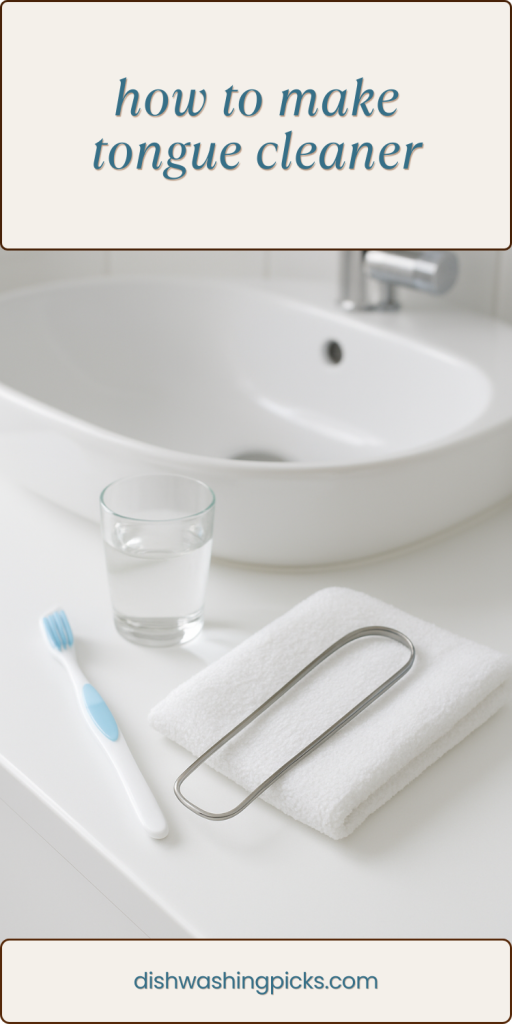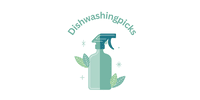
Why Are We Talking About Tongues?
Okay, let’s be real—tongue cleaning doesn’t usually top the list of “fun things to do.” Brushing your teeth? Sure. Flossing? Sometimes (if we’re honest). But scraping your tongue? That sounds like something dentists invented to make us feel guilty.
Here’s the deal though: your tongue collects a lot of stuff. Food debris, bacteria, dead cells—basically, all the things that make your breath less-than-fresh. Ever looked in the mirror and noticed a whitish coating on your tongue? Yeah, that’s the culprit.
And while you can buy a tongue scraper from the store, what if you don’t have one on hand—or just want to try a quick DIY version? The good news: you can totally make one at home.
Why Even Bother Cleaning Your Tongue?
Before we dive into the DIY part, let’s answer the big “why.”
- Fresh breath: The number one reason people clean their tongues. Nobody wants to be the person with “coffee breath” all day.
- Better taste: Believe it or not, scraping off that layer of gunk actually helps your taste buds work better.
- Oral hygiene: A cleaner tongue = fewer bacteria, which means healthier teeth and gums.
- Confidence boost: Let’s face it—knowing your mouth feels fresh just makes you feel better in conversations.
So yeah, cleaning your tongue is a small habit with surprisingly big payoffs.
How to Make a Simple Tongue Cleaner at Home
Here’s the fun part: you don’t need fancy tools. Some of the best tongue cleaners are things you already have lying around.
Option 1: The Spoon Trick
- Grab a regular metal spoon (stainless steel works best).
- Hold it upside down, so the curve scrapes along your tongue.
- Gently pull from back to front, rinse the spoon, and repeat.
It’s simple, cheap, and shockingly effective.
Option 2: The DIY Wire Scraper
If you’re feeling crafty, you can make a reusable scraper:
- Find a piece of clean, thick copper or stainless-steel wire.
- Bend it into a “U” shape.
- Smooth the edges with sandpaper or wrap them with a bit of tape to avoid sharpness.
- Use it the same way you would a store-bought scraper—light pressure, back to front.
Fun fact: copper scrapers are actually common in Ayurvedic practices and are thought to have antimicrobial benefits.
Option 3: The Toothbrush Hack
In a pinch, your toothbrush works too. Just brush your tongue gently after your teeth. Not quite as effective as a scraper, but definitely better than nothing.
Tips for Using Your Homemade Tongue Cleaner
Making it is one thing, using it right is another. Here are some quick tips:
- Be gentle. You don’t need to press hard—light strokes do the trick.
- Rinse between scrapes. Keep washing your spoon/scraper under running water.
- Clean it after use. Just like your toothbrush, your scraper needs a rinse and dry.
- Do it daily. Once in the morning is enough, but twice a day keeps things even fresher.
Imagine it like giving your tongue a quick “reset button” each morning—you start the day fresher, lighter, and more confident.
Lifestyle Bonus: Pair It with Good Habits
Tongue cleaning is awesome, but it works best as part of the bigger oral hygiene picture. Combine it with:
- Brushing twice a day.
- Flossing regularly (yes, really).
- Drinking plenty of water to keep your mouth hydrated.
- Eating crunchy fruits and veggies that naturally scrub your teeth and tongue.
It’s like building a little army of habits that work together to keep your mouth fresh.
Fresh Breath, No Excuses
So there you have it—making a tongue cleaner at home is ridiculously easy. Whether you grab a spoon, bend some wire, or just use your toothbrush, the point is: you’ve got options. And they all work surprisingly well.
At the end of the day, tongue cleaning doesn’t take more than 30 seconds, but the impact? Fresher breath, better taste, and that clean-mouth confidence.
So… next time you’re brushing your teeth, why not grab that spoon and give it a shot? Your future conversations will thank you.
